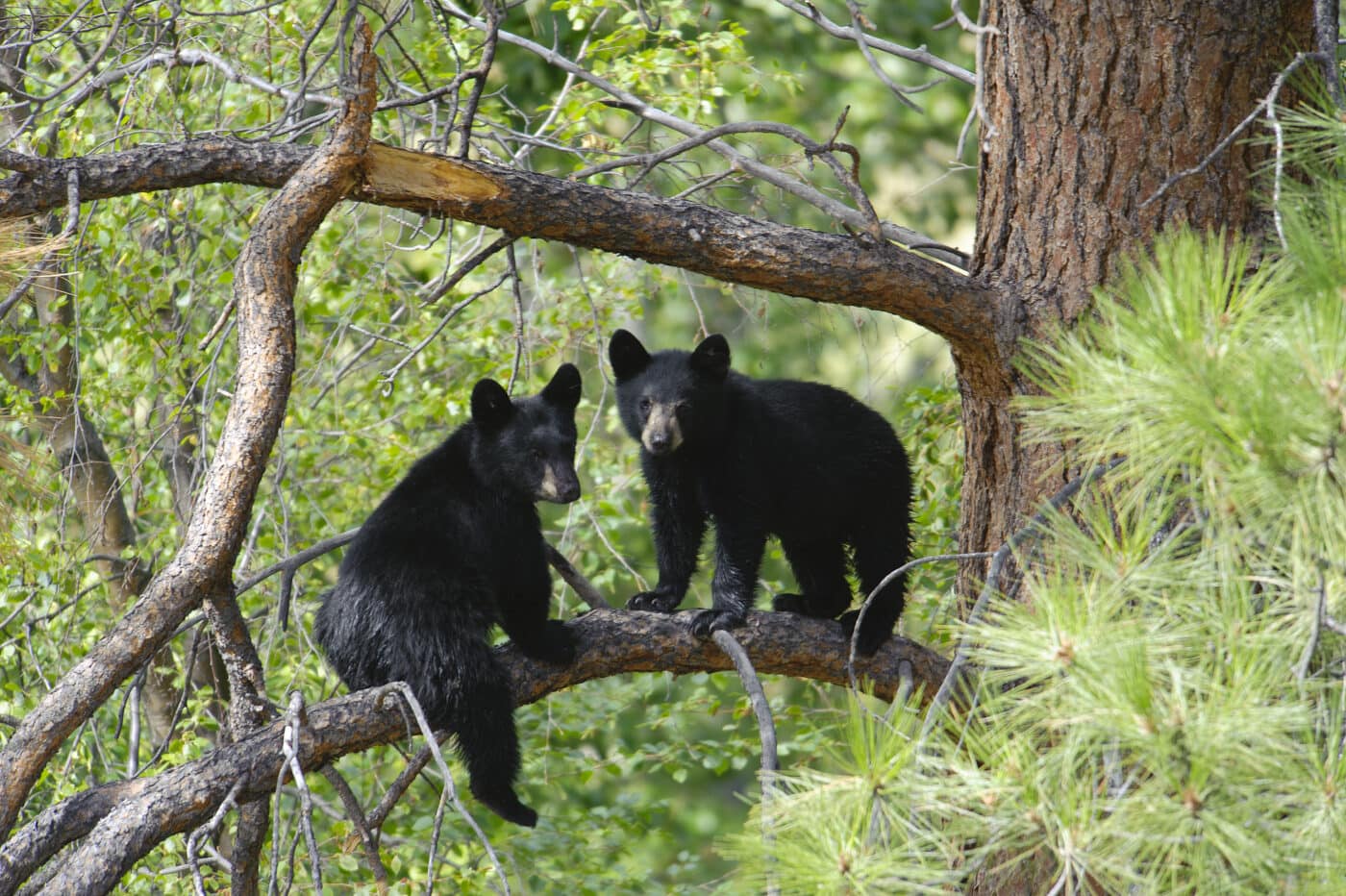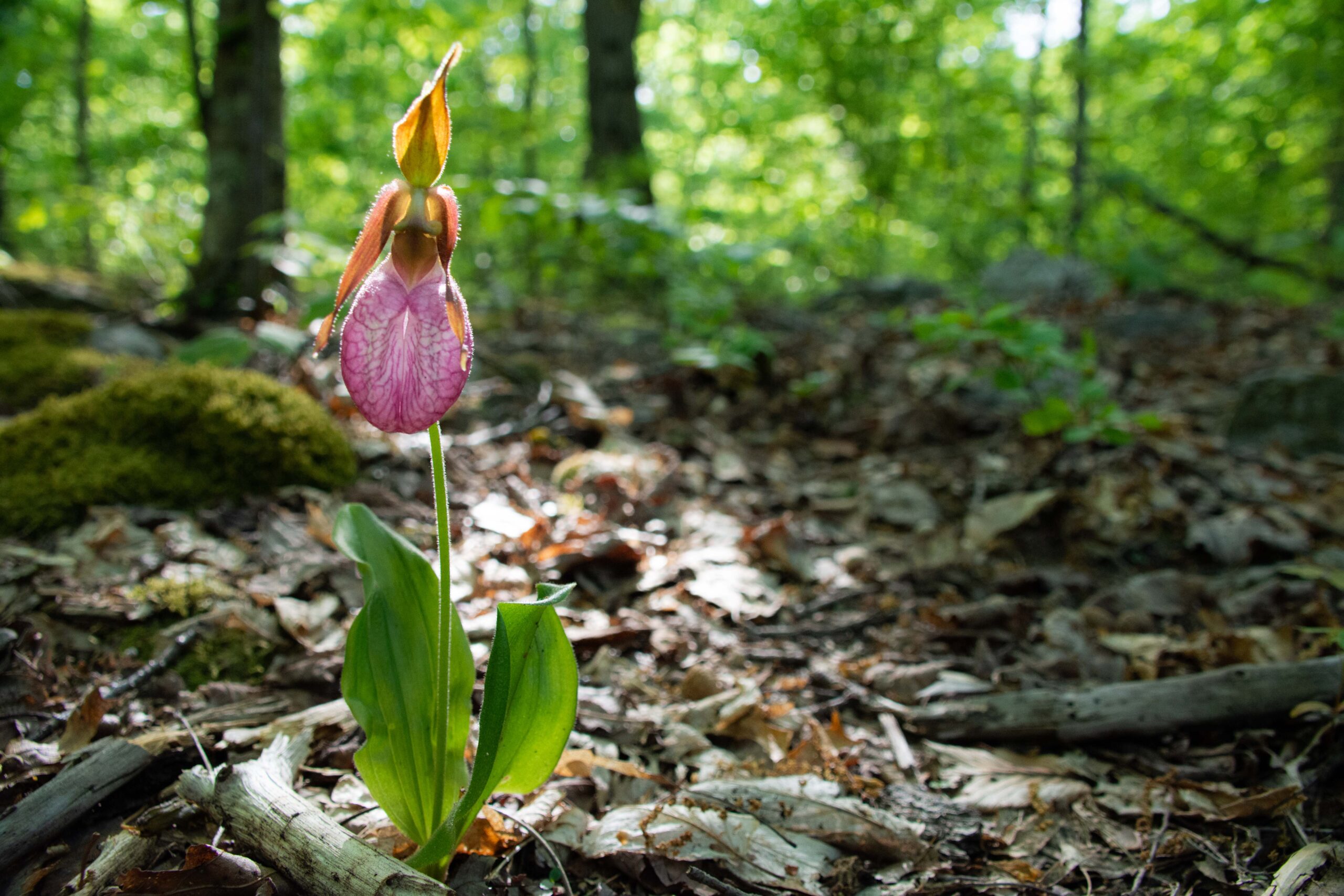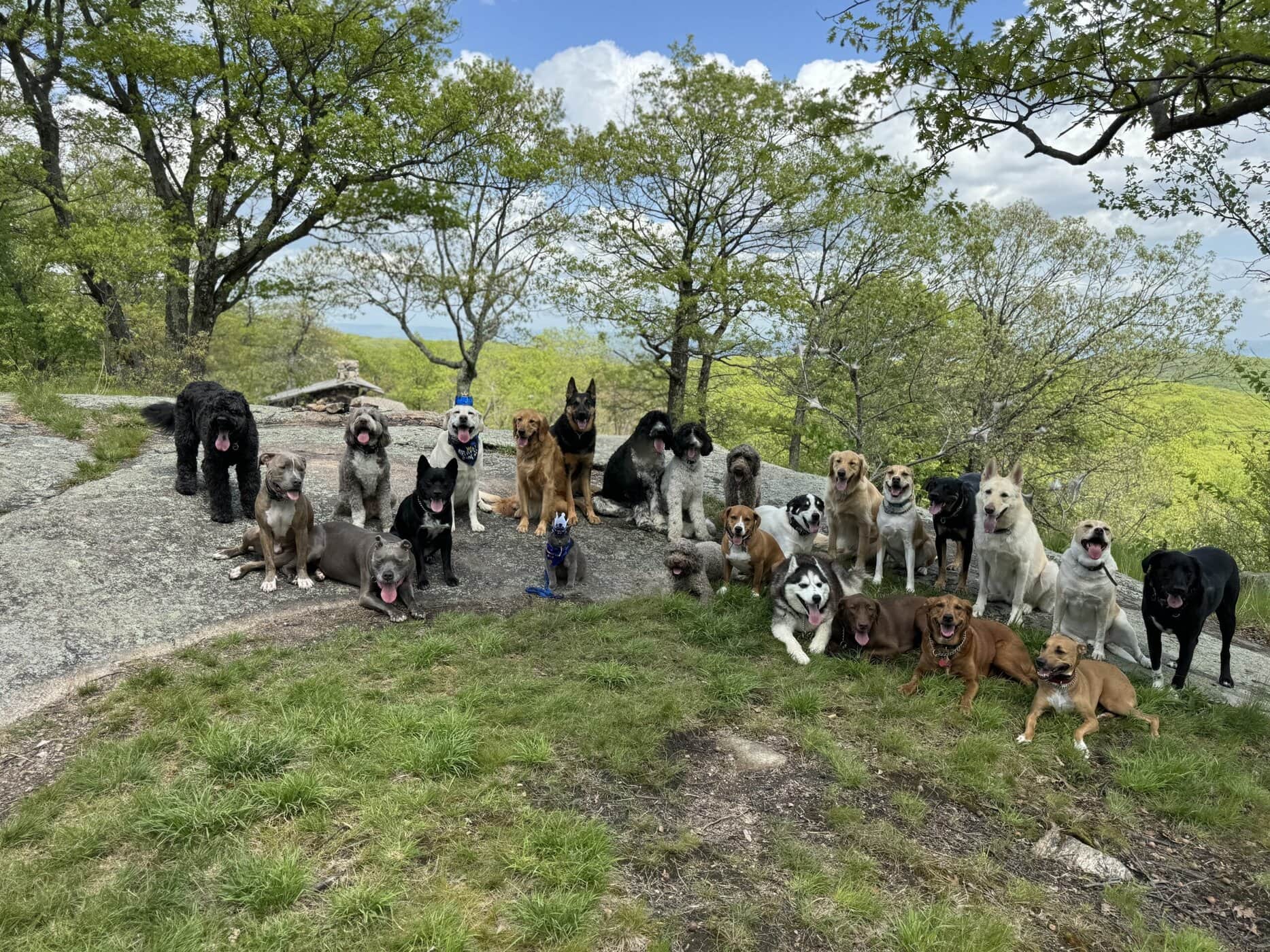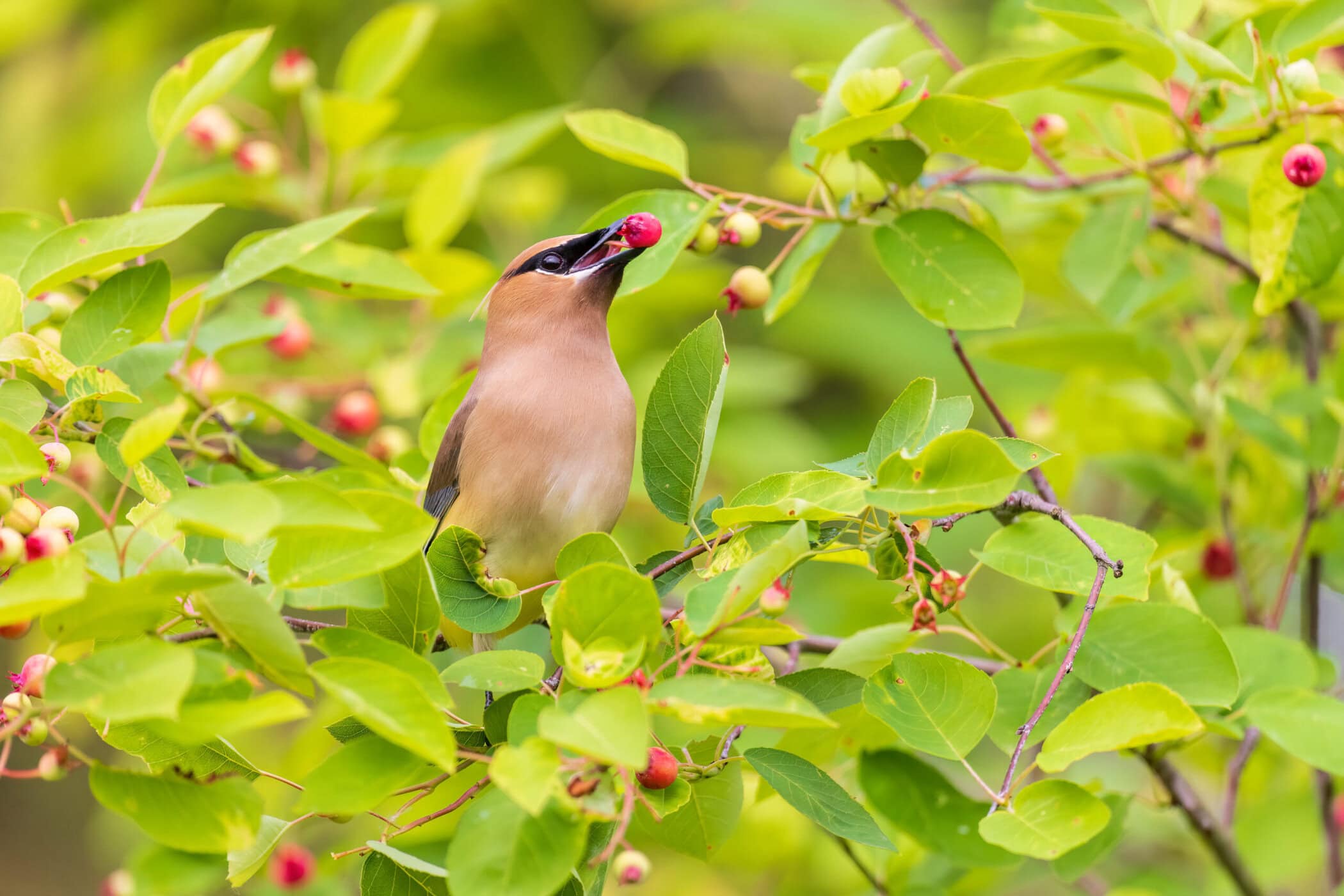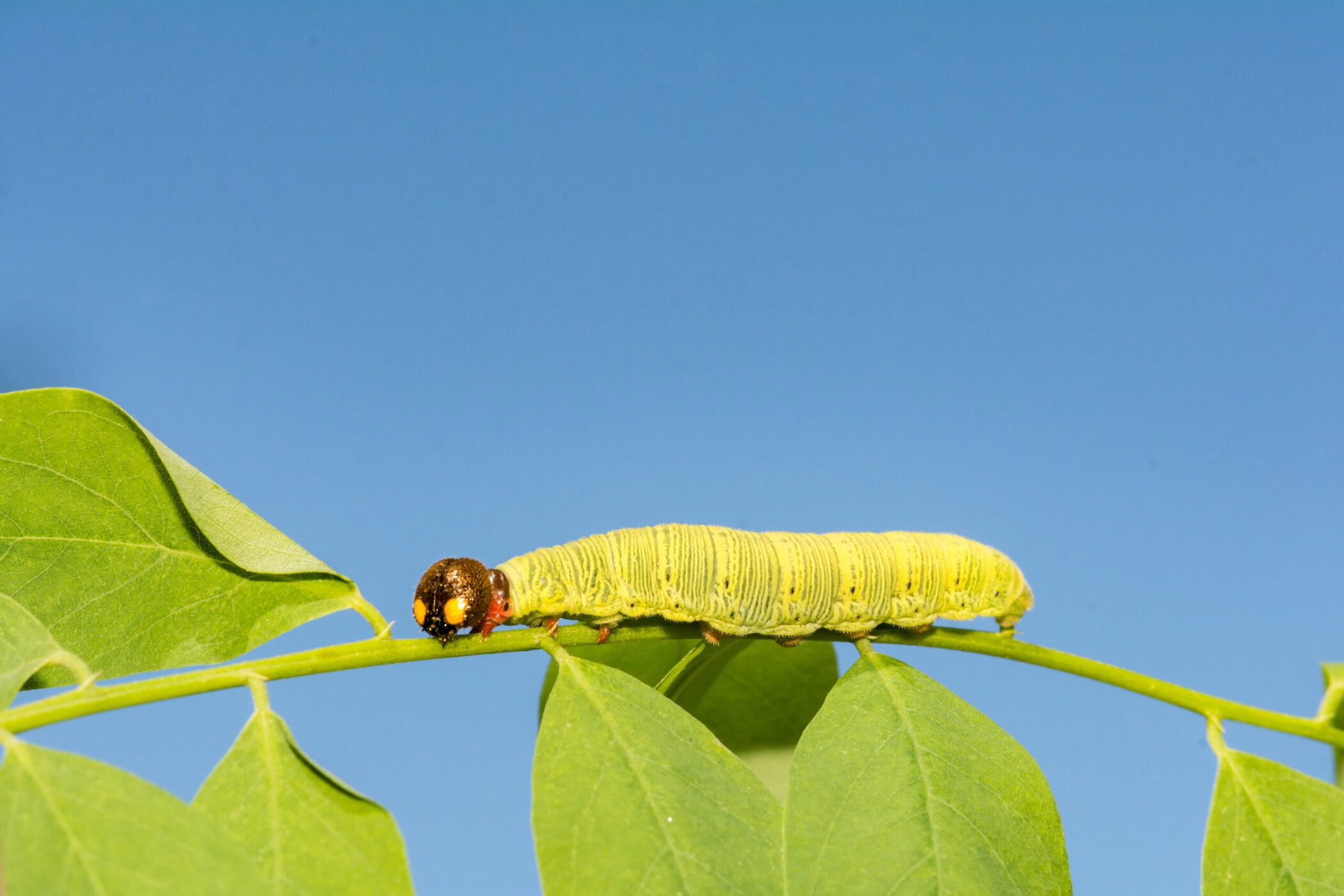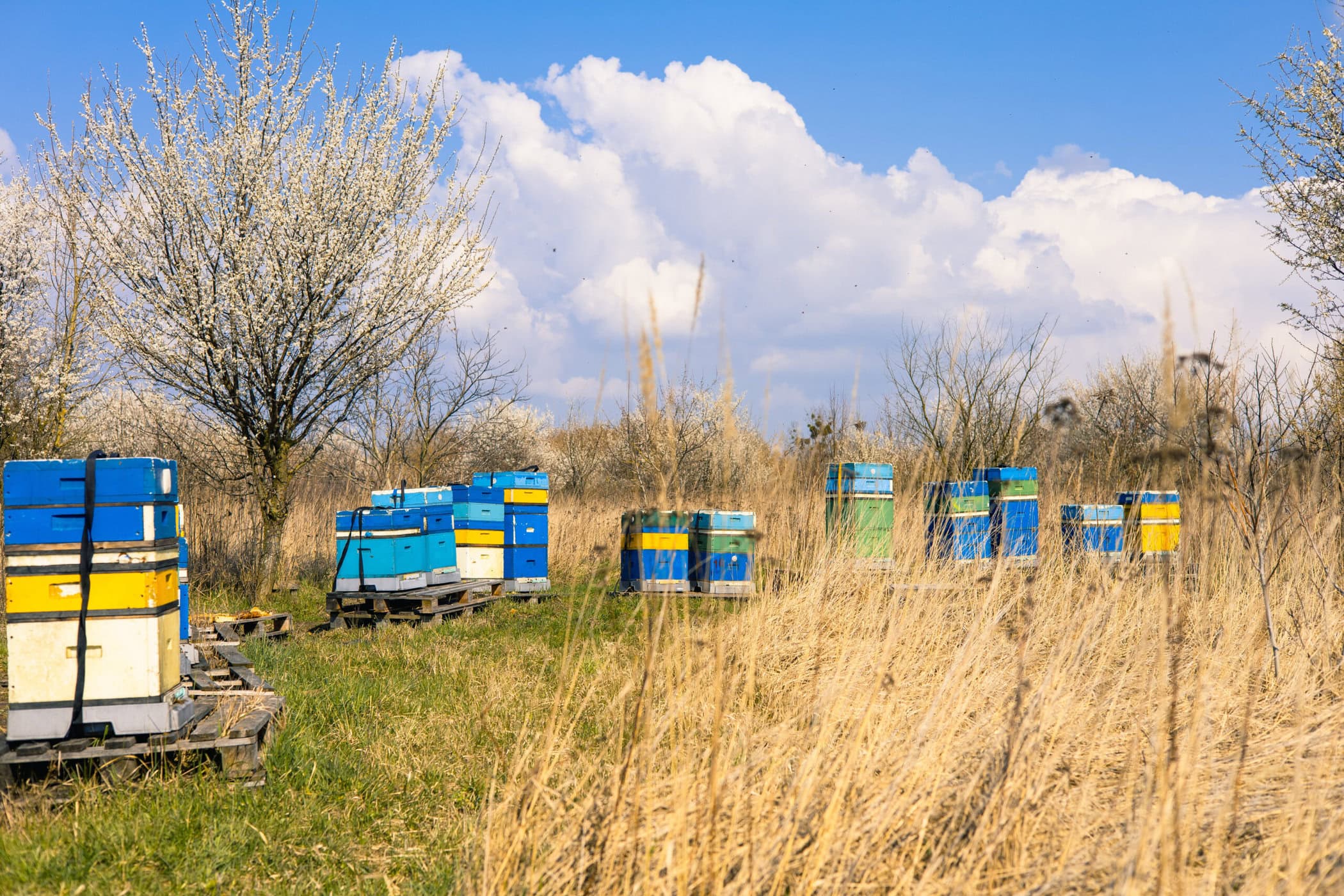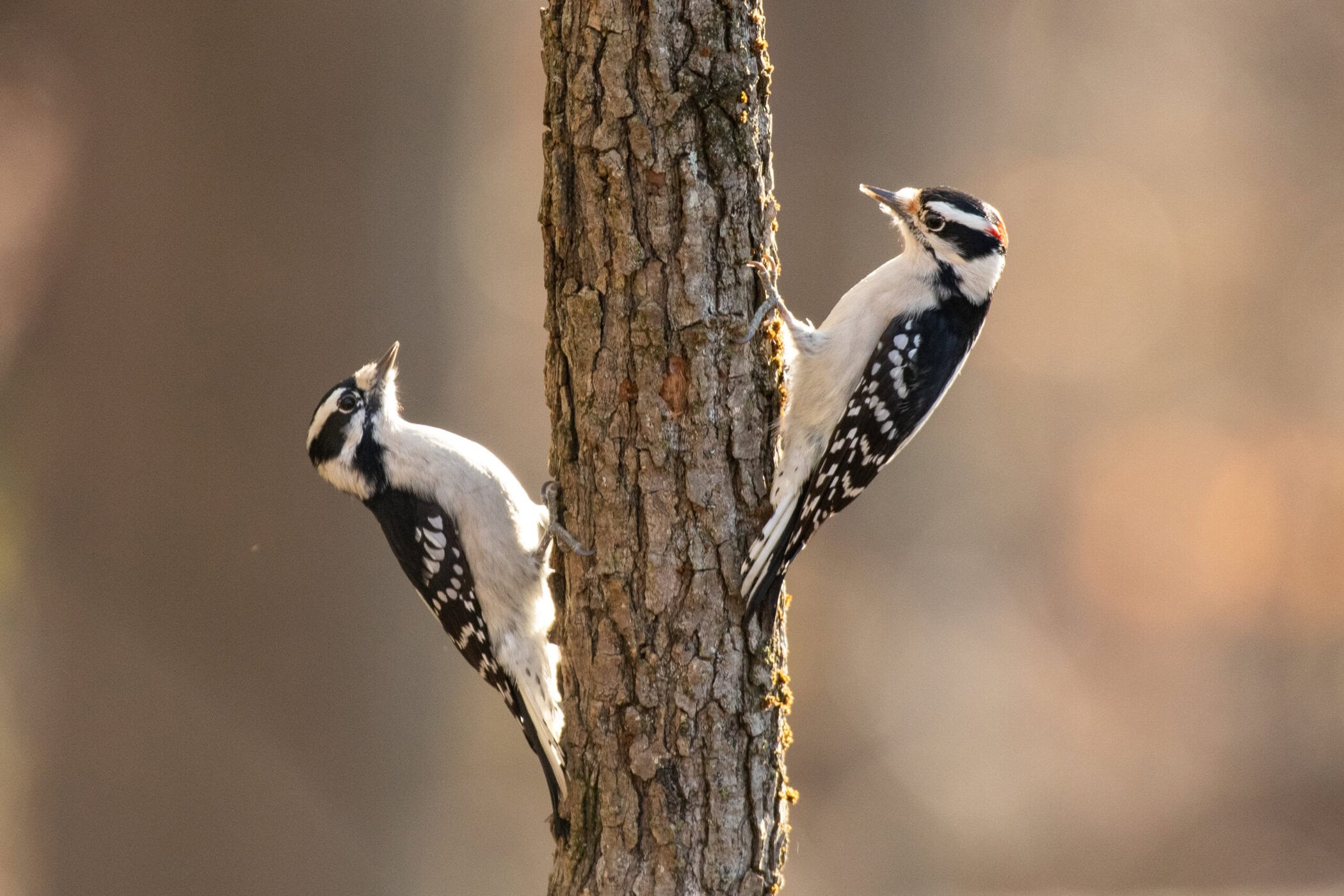Listening to TV news, you’d think New York State is being overrun with black bears. FOX 5 NY aired a story last August entitled “Bear sighting on the rise across the Tri-State.” In June, WGRZ-TV ominously reported on a black bear sighting in Western New York. And a few years ago, CBS New York warned viewers that black bears are creeping closer to New York City.
Is this true? Are black bear sightings increasing, or does it only seem like they are?
The answer is yes, and no.
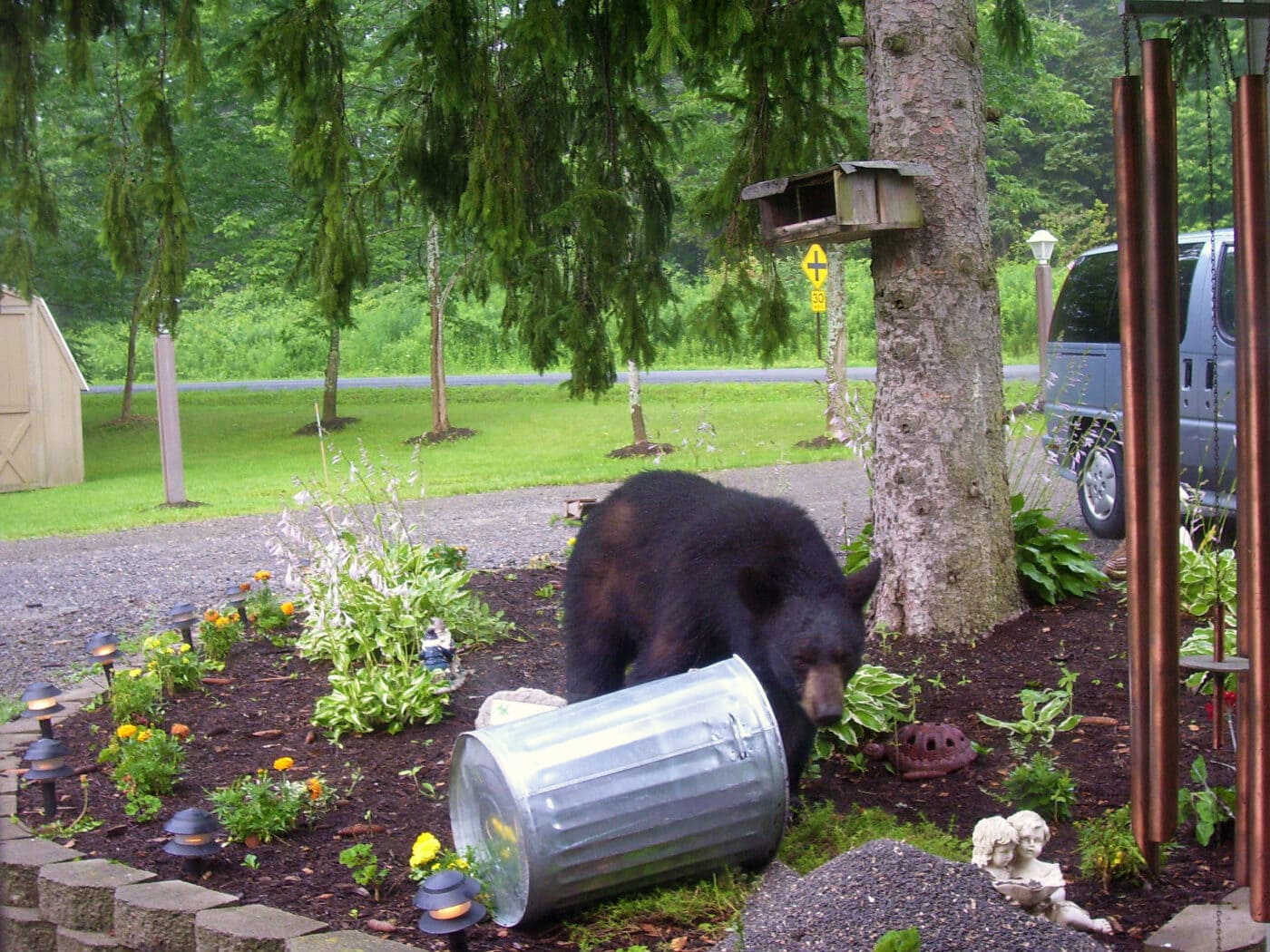
According to Jonathan Russell, wildlife biologist with the New York State Department of Environmental Conservation, it is correct that bears are expanding back into their historical range, both in New York State and the Eastern United States as a whole, due to several factors.
“At one time, going back to the late 1800s, there weren’t many restrictions on hunting black bears in New York, but because of regulated hunting and conservation efforts, the bear population has expanded significantly since then,” Russell says. “We’re seeing bears now in a lot of places they [hadn’t been seen for a long time]. In our region specifically, we’re getting them east of the Hudson River, in Dutchess, Putnam, and even Westchester counties. A couple of decades ago, a bear being observed in that area was a real novelty, but that’s not the case anymore.” In other words, New York’s bear populations are recovering from a historic low caused by habitat loss (that is, forest clearing) and hunting.
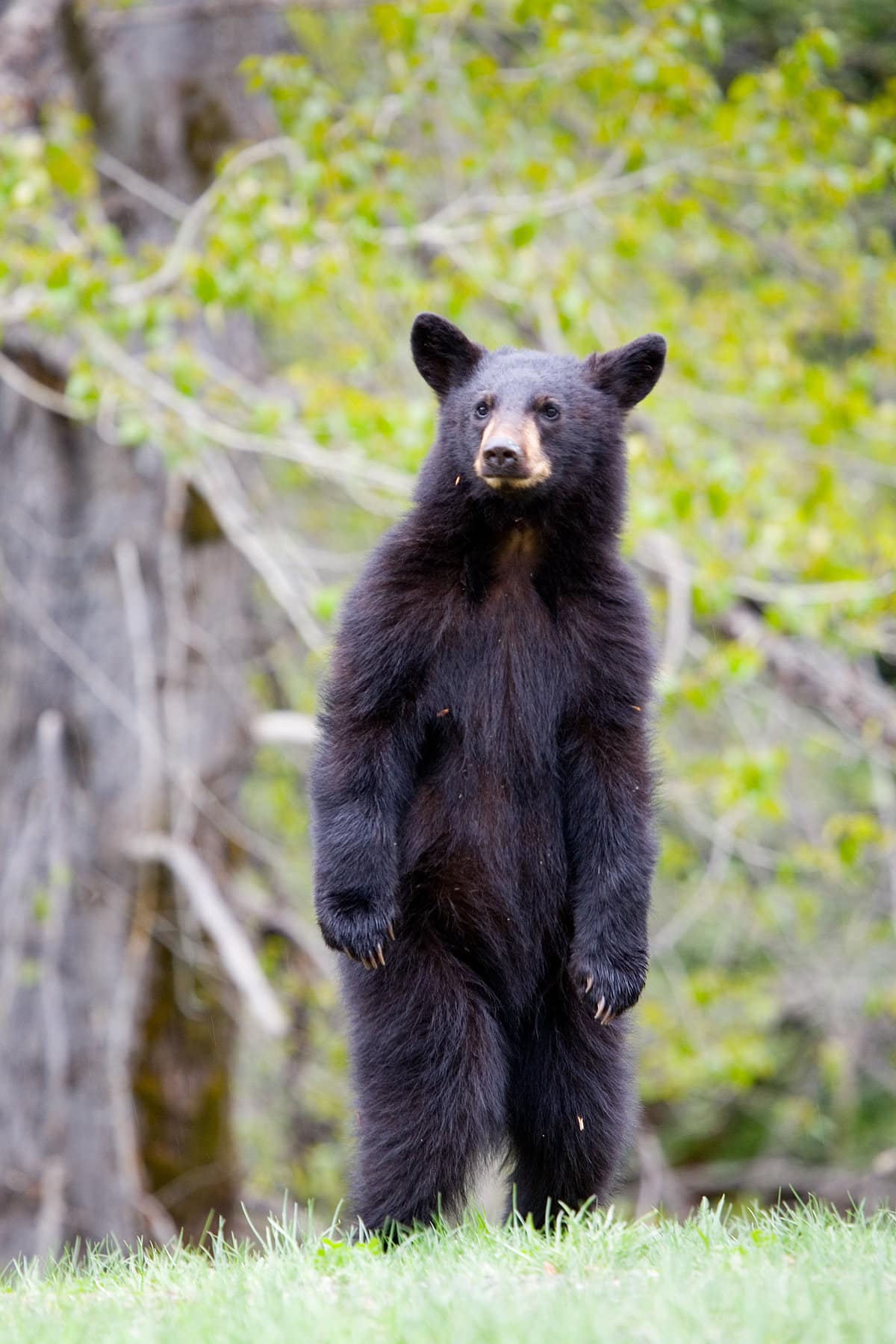
Another factor for more sightings is that the bear habitat has changed, Russell adds. “A hundred years ago, a lot of New York was cleared for smaller farms that have since reverted back to forest, which is bears’ preferred habitat. So it’s not so much a function of people moving into bear habitat, though that is happening to some degree — it’s more a function of bears [recovering] their numbers and their range.”
Weather also plays a part, Russell says, causing both increased and decreased sightings. “This past year, we had quite a bit of rain, which partially explains why bear sightings were actually lower,” he explains. “The majority of their calories come from herbaceous vegetation, such as grasses, berries, nuts, seeds, honey, insects, and acorns in the fall. If they come across a carcass, they’ll eat it, but most of their diet comes from plants. When there’s a lot of rain, there’s more vegetation available so they roam less looking for food. When it’s dry, they roam more.”
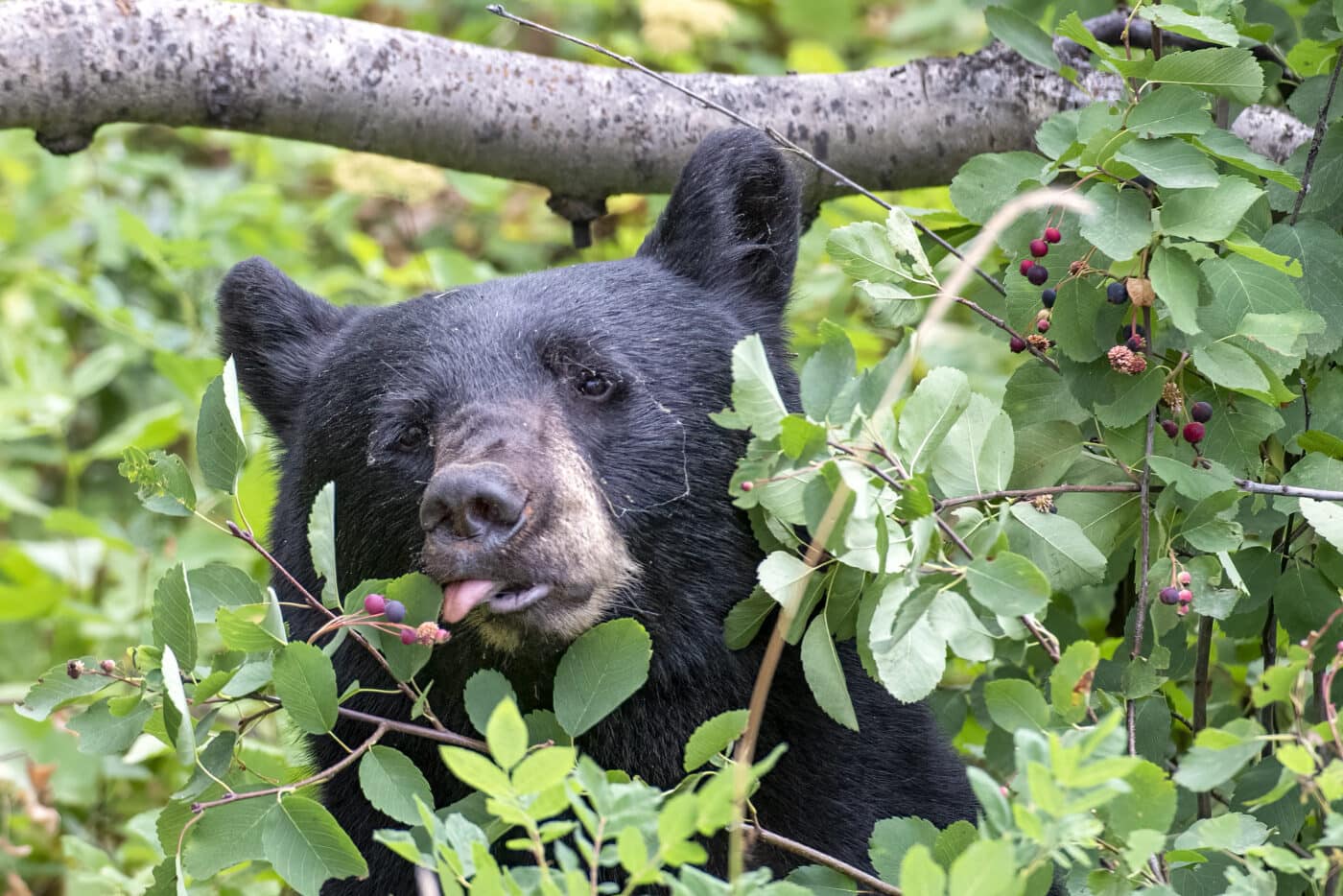
In addition, the time of year affects bear sightings. Bears are typically seen more often in mid-March, when they’re coming out of hibernation and looking for food, and in early summer, when males are traveling large distances looking for receptive females for breeding.
James Presutti, Town of Newburgh commissioner of Parks, Recreation and Conservation, sees no evidence that bear sightings are on the rise, but offers an explanation for people’s perception that they are. “Last year, 2023, was a normal year for bear sightings,” he says. “We tend to have two or three sightings each spring and three or four each fall. However, new technology like doorbell cameras and iPhones have enabled people to observe bears more, especially at night, and capture them on video. They were always there, but now we’re seeing them more often.”
And what should you do, and not do, if you encounter a bear?
Advises Russell, “We want people not to wait until they have a problem, but to be proactive in removing or securing food sources so they don’t have an issue. We want to keep bears wild and not have them build that association between people, houses, and food. That’s what leads to property damage and bears getting themselves into trouble.”
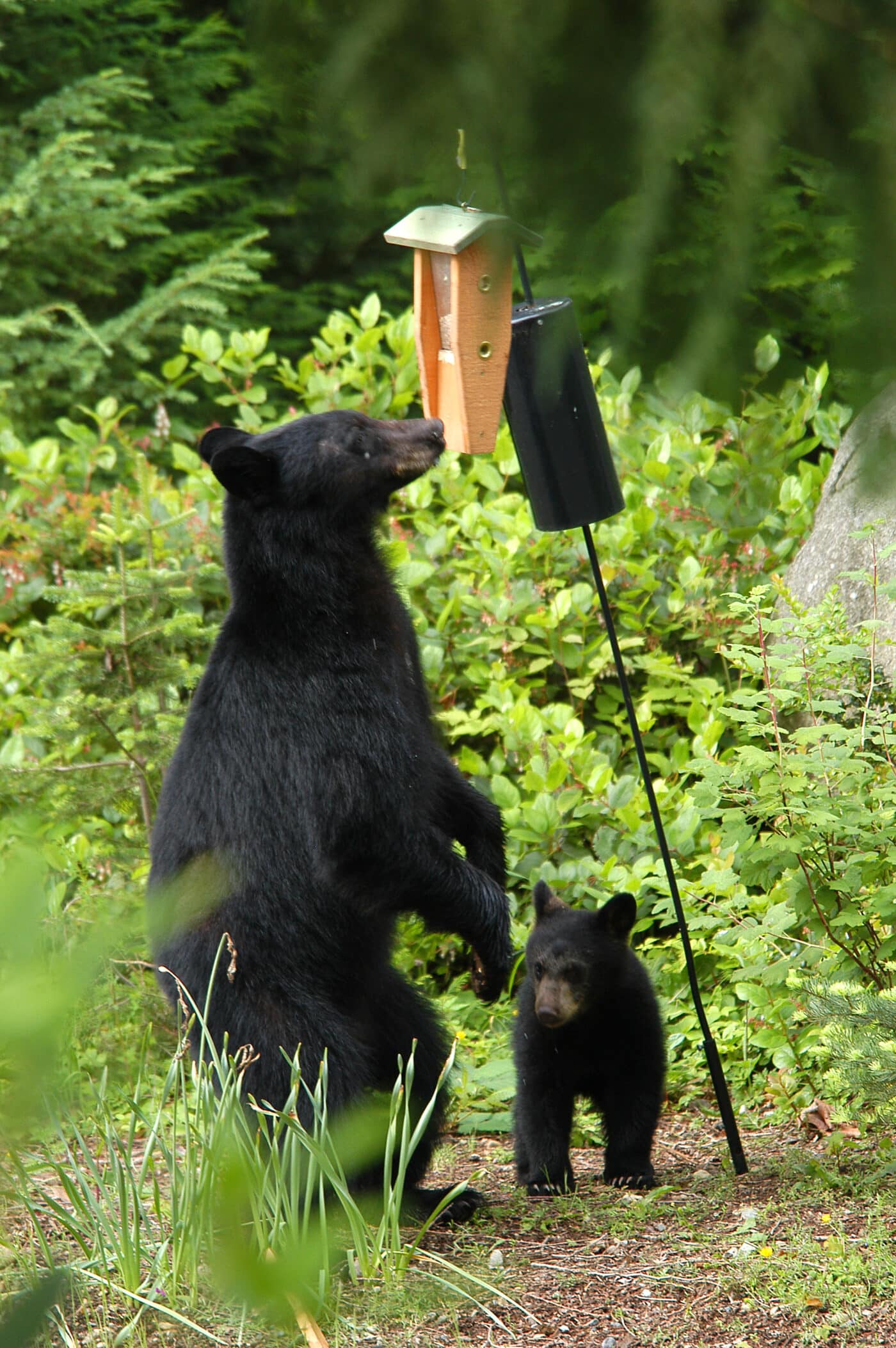
The website Bearwise.org offers six important tips for living responsibly with black bears:
1. Never feed or approach bears. Intentionally feeding bears is actually illegal in New York. Remember the adage “A fed bear is a dead bear.” Bears that become habituated to human food become a danger and ultimately need to be put down
2. Secure all food and garbage. Food and food odors attract bears, so do not encourage them with easily available food sources.
3. Remove bird feeders and birdseed when bears are active (beginning mid-March). Birdseed has lots of calories and is very attractive to bears. Consider attracting birds without birdseed.
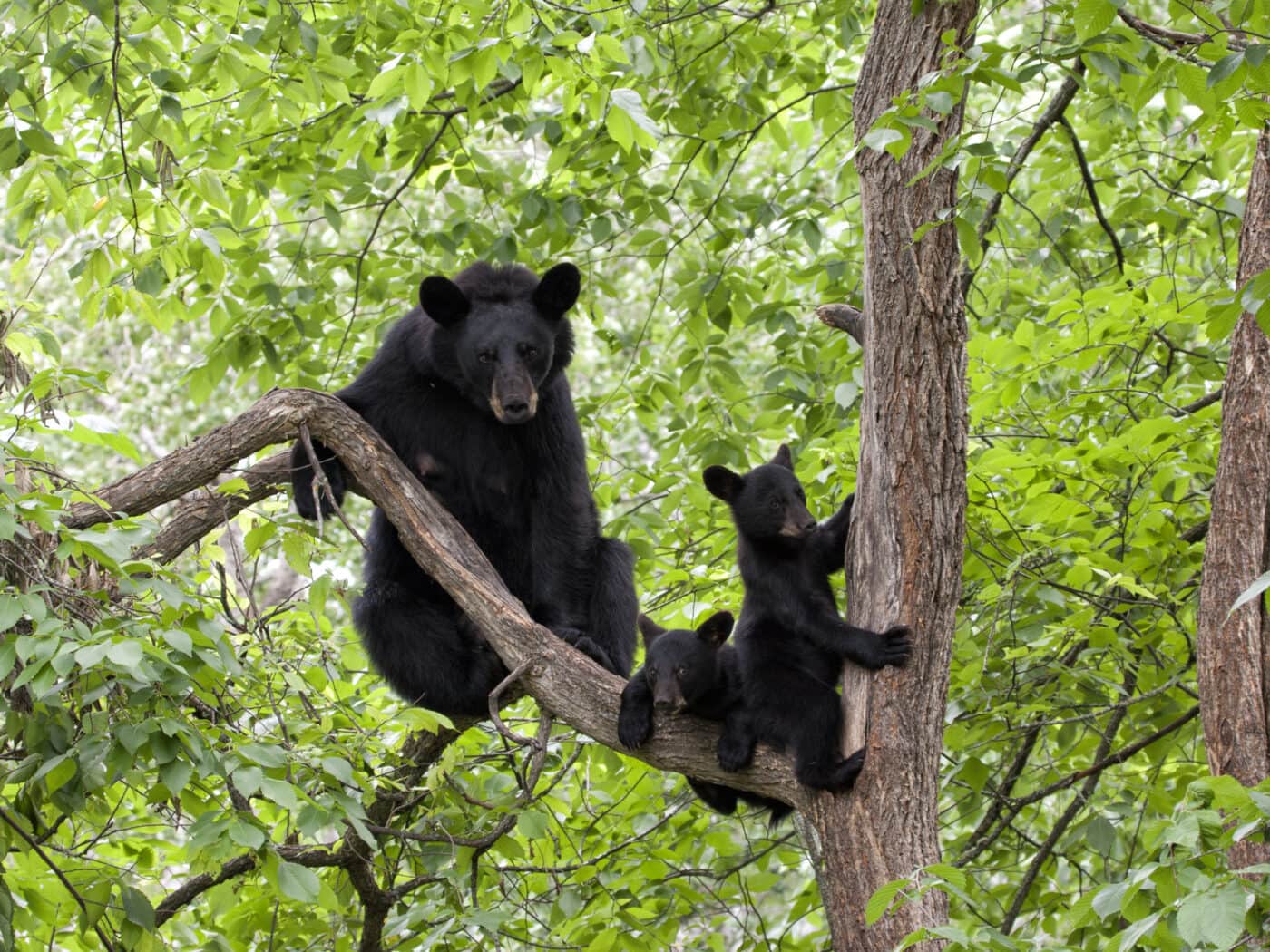
4. Never leave pet food outdoors. Feed pets indoors when possible and store pet food where bears can’t see or smell it.
5. Clean and store grills and smokers. Clean grills after each use, removing any grease or food.
6. Alert neighbors to bear activity. If you see bears in the area, tell your neighbors and share information on how to avoid bear conflicts.
If you do encounter a bear, the DEC recommends that you should not approach or attempt to make contact with it. Never run from a bear — quietly move away and leave the area. If a bear approaches you, “make yourself look big, make loud noises, clap your hands, and continue to back away,” it advises. Remember, bears are wild animals and need to be kept that way. As humans take up more and more space in bear habitat, it’s our responsibility to make sure we keep bears and people as safe as possible.


